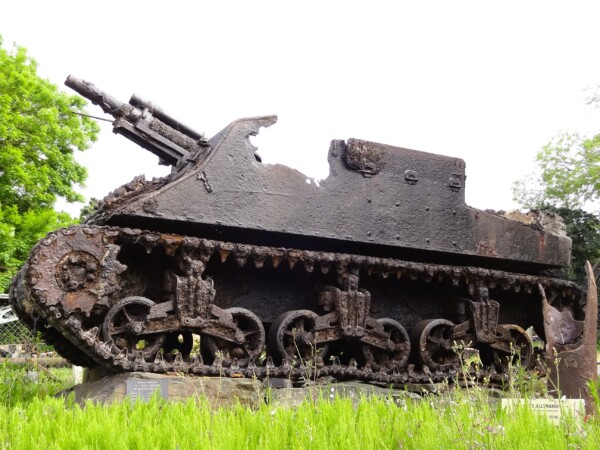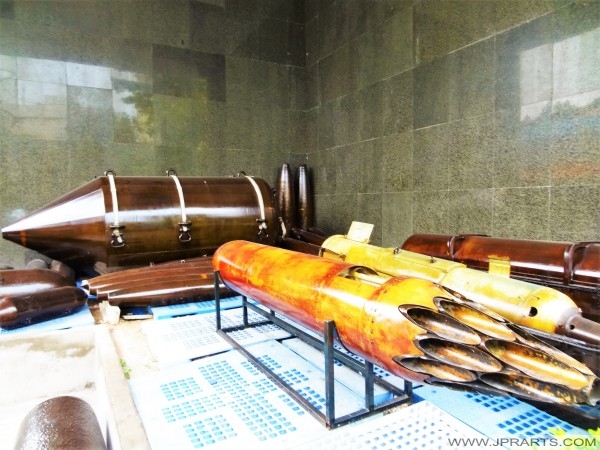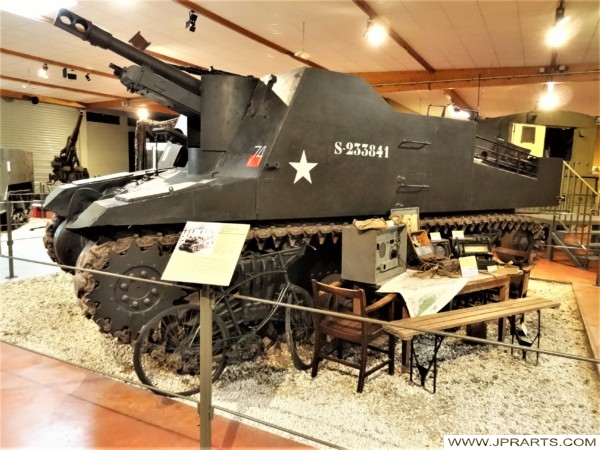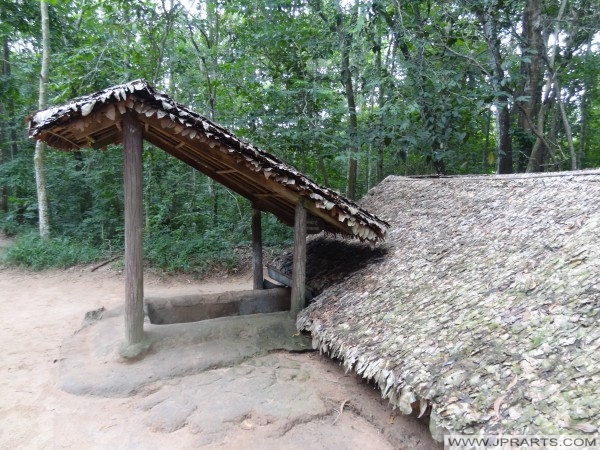The howitzer is an artillery weapon that falls between a cannon (or field gun) and a mortar. It is generally aimed lower than a mortar but higher than a cannon. With their long-range capabilities, howitzers can be used to great effect in a battery formation with other artillery pieces, such as long-barreled guns, mortars, and rocket artillery.
Howitzer (Artillery Weapon)
Obús (Arma de Artillería)
The English word howitzer comes from the Czech word houfnice, from houf, ‘crowd’, and houf is in turn a borrowing from the Middle High German word Hūfe or Houfe (modern German Haufen), meaning ‘crowd, throng’, plus the Czech nominal suffix -nice. Haufen, sometimes in the compound Gewalthaufen, also designated a pike square formation in German. In the Hussite Wars of the 1420s and 1430s, the Hussites used short-barreled houfnice cannons to fire at short distances into crowds of infantry, or into charging heavy cavalry, to make horses shy away. The word was rendered into German as aufeniz in the earliest attested use in a document dating from 1440; later German renderings include haussnitz and, eventually haubitze, from which derive the Scandinavian haubits, Polish and Croatian haubica, Estonian haubits, Finnish haupitsi, Russian gaubitsa (гаубица), Serbian haubica (xаубицa), Ukrainian haubytsіa (гаубиця), Italian obice, Spanish obús, Portuguese obus, French obusier, Romanian obuzier and the Dutch word houwitser, which led to the English word howitzer.
Haubitze (Artilleriewaffe)
榴弹炮(火炮武器)

Since World War I, the word howitzer has been changing to describe artillery pieces that previously would have belonged to the category of gun-howitzers, relatively long barrels and high muzzle velocities combined with multiple propelling charges and high maximum elevations. This is particularly true in the armed forces of the United States, where gun-howitzers have been officially described as howitzers since World War II. Because of this practice, the word howitzer is used in some armies as a generic term for any kind of artillery piece that is designed to attack targets using indirect fire. Thus, artillery pieces that bear little resemblance to howitzers of earlier eras are now described as howitzers, although the British call them guns.
هاوتزر (سلاح مدفعي)
Obusier (Arme d’Artillerie)
The British had a further method of nomenclature. In the 18th century, they adopted projectile weight for guns replacing an older naming system (such as culverin, saker, etc.) that had developed in the late 15th century. Mortars had been categorized by calibre in inches in the 17th century, and this was duplicated with howitzers.
Obüs (Topçu Silahı)
Гаубица (Артиллерийское оружие)
U.S. military doctrine defines howitzers as any cannon artillery capable of both high-angle fire (45° to 90° elevation) and low-angle fire (0° to 45° elevation); guns are defined as being only capable of low-angle fire (0° to 45° elevation); and mortars are defined as being only capable of high-angle fire (45° to 90° elevation).
होवित्जर (तोपखाना हथियार)
Haubica (broń artyleryjska)
Visit Cheap Shopping for Blu-rays, Books and DVDs








